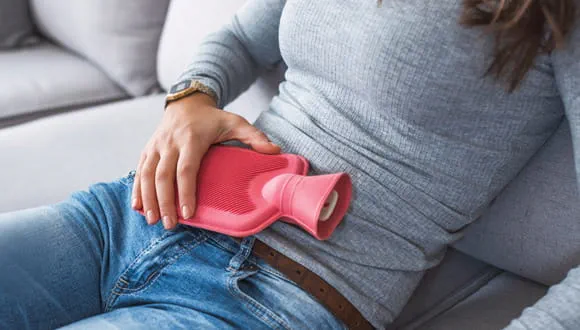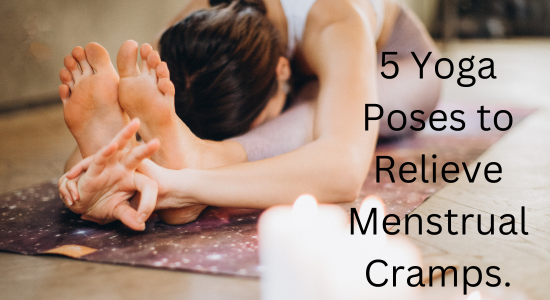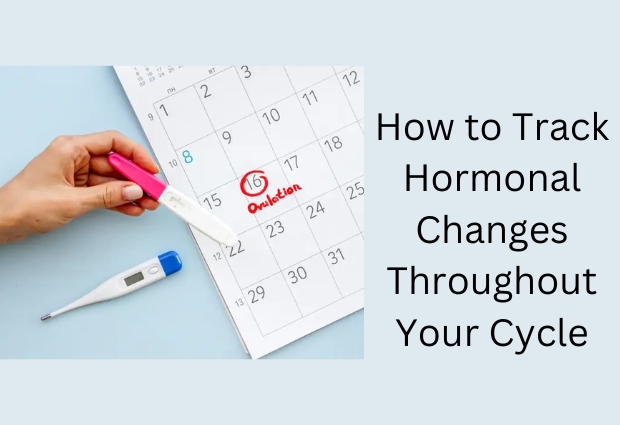Menstruation is a natural biological process that most women experience every month. However, for many, it comes with a host of uncomfortable symptoms, including cramps, bloating, fatigue, and mood swings. Painful periods, also known as dysmenorrhea, can range from mild discomfort to debilitating pain that interferes with daily activities. While over-the-counter pain relievers and hormonal treatments are commonly used to manage these symptoms, many women are seeking natural alternatives to alleviate period pain. This article explores various natural methods to manage painful periods effectively.
Understanding Painful Periods
Before diving into natural remedies, it’s essential to understand why periods can be painful. Dysmenorrhea is categorized into two types:
- Primary Dysmenorrhea: This is the most common type and is caused by the release of prostaglandins, hormone-like substances that trigger uterine contractions. High levels of prostaglandins can lead to more intense cramps and pain.
- Secondary Dysmenorrhea: This type is caused by underlying reproductive health issues, such as endometriosis, fibroids, or pelvic inflammatory disease. If you suspect secondary dysmenorrhea, it’s crucial to consult a healthcare provider for proper diagnosis and treatment.
For those experiencing primary dysmenorrhea, natural remedies can be highly effective in reducing pain and discomfort. Below are some proven strategies to manage painful periods naturally.
1. Dietary Adjustments
What you eat can significantly impact your menstrual health. Certain foods can exacerbate inflammation and cramping, while others can help alleviate symptoms.
a. Anti-Inflammatory Foods
Incorporate foods that reduce inflammation and balance hormones. These include:
- Omega-3 Fatty Acids: Found in fatty fish (salmon, mackerel), flaxseeds, chia seeds, and walnuts, omega-3s help reduce inflammation and ease cramps.
- Leafy Greens: Spinach, kale, and Swiss chard are rich in magnesium, which helps relax muscles and reduce cramping.
- Berries: Blueberries, strawberries, and raspberries are packed with antioxidants that combat inflammation.
- Ginger: Known for its anti-inflammatory properties, ginger can help reduce menstrual pain. Try ginger tea or add fresh ginger to your meals.
b. Avoid Inflammatory Foods
Certain foods can worsen period pain by increasing inflammation. Limit or avoid:
- Processed Foods: High in sugar, salt, and unhealthy fats, these can exacerbate bloating and cramping.
- Caffeine: While a cup of coffee might seem comforting, caffeine can constrict blood vessels and increase tension, worsening cramps.
- Dairy: For some women, dairy products can contribute to bloating and discomfort. Experiment with reducing dairy intake to see if it helps.
c. Stay Hydrated
Dehydration can worsen cramps and bloating. Drink plenty of water throughout your cycle, and consider herbal teas like chamomile or peppermint, which have calming effects.
2. Exercise and Movement
While it may seem counterintuitive to exercise during your period, physical activity can actually help reduce pain. Exercise releases endorphins, the body’s natural painkillers, and improves blood flow, which can alleviate cramps.
a. Low-Impact Exercises
- Yoga: Specific yoga poses, such as child’s pose, cat-cow, and reclined bound angle pose, can help relax the pelvic muscles and reduce cramping.
- Walking: A gentle walk can improve circulation and reduce tension.
- Swimming: The buoyancy of water can provide relief from cramps and bloating.
b. Stretching
Stretching can help relieve muscle tension and improve flexibility. Focus on stretches that target the lower back, hips, and abdomen.
c. Strength Training
Building core strength can help support the uterus and reduce the intensity of cramps over time. Incorporate exercises like planks, bridges, and pelvic tilts into your routine.
3. Heat Therapy
Heat is one of the most effective natural remedies for menstrual cramps. Applying heat to the lower abdomen can relax the uterine muscles and improve blood flow, reducing pain.
a. Heating Pads
Use an electric heating pad or a microwavable heat pack on your lower abdomen for 15-20 minutes at a time.
b. Warm Baths
A warm bath can provide overall relaxation and relieve muscle tension. Add Epsom salts or essential oils like lavender for added benefits.
c. Hot Water Bottles

A classic remedy, hot water bottles are portable and easy to use. Place one on your abdomen or lower back for quick relief.
4. Herbal Remedies
Herbs have been used for centuries to manage menstrual pain. Here are some of the most effective options:
a. Chamomile
Chamomile tea has anti-inflammatory and antispasmodic properties, making it an excellent choice for relieving cramps.
b. Cinnamon
Cinnamon can help reduce menstrual bleeding and alleviate pain. Add a teaspoon of cinnamon powder to warm water or tea.
c. Turmeric
Curcumin, the active compound in turmeric, has potent anti-inflammatory effects. Add turmeric to your meals or drink turmeric tea.
d. Raspberry Leaf
Raspberry leaf tea is known to tone the uterine muscles and reduce cramping. Drink it regularly throughout your cycle for best results.
e. Evening Primrose Oil
This supplement contains gamma-linolenic acid (GLA), which helps regulate hormones and reduce inflammation. Take it daily for a few months to see improvements.
5. Stress Management
Stress can exacerbate menstrual pain by increasing tension and disrupting hormone balance. Incorporating stress-reducing practices into your routine can help manage period pain.
a. Meditation
Mindfulness meditation can help you stay present and reduce anxiety. Even 10 minutes a day can make a difference.
b. Deep Breathing
Deep breathing exercises can relax the nervous system and reduce muscle tension. Try inhaling for a count of four, holding for four, and exhaling for four.
c. Aromatherapy
Essential oils like lavender, clary sage, and rose can promote relaxation and reduce pain. Use them in a diffuser or add a few drops to a carrier oil for a soothing massage.
6. Acupuncture and Acupressure
Traditional Chinese medicine offers effective techniques for managing menstrual pain.
a. Acupuncture
Acupuncture involves inserting thin needles into specific points on the body to balance energy flow. Studies have shown it can significantly reduce period pain.
b. Acupressure
Acupressure works on the same principles as acupuncture but uses finger pressure instead of needles. The SP6 point, located above the ankle on the inner leg, is particularly effective for menstrual cramps.
7. Lifestyle Changes
Small adjustments to your daily routine can have a big impact on menstrual health.
a. Sleep
Prioritize getting 7-9 hours of quality sleep each night. Poor sleep can worsen pain and inflammation.
b. Hydration
Drink plenty of water to flush out toxins and reduce bloating.
c. Avoid Smoking and Alcohol
Both smoking and excessive alcohol consumption can worsen menstrual pain. Quitting smoking and limiting alcohol can improve overall health and reduce symptoms.
8. Track Your Cycle
Understanding your menstrual cycle can help you anticipate and manage symptoms more effectively. Use a period tracking app to monitor your cycle, symptoms, and patterns. This can help you identify triggers and plan ahead.
When to Seek Medical Help
While natural remedies can be highly effective, it’s important to recognize when to seek medical advice. If your period pain is severe, lasts longer than a few days, or is accompanied by unusual symptoms like heavy bleeding, fever, or dizziness, consult a healthcare provider. These could be signs of an underlying condition that requires treatment.
Conclusion
Painful periods don’t have to be a monthly struggle. By incorporating natural remedies like dietary changes, exercise, heat therapy, herbal remedies, and stress management techniques, you can significantly reduce discomfort and improve your quality of life. Remember, every woman’s body is different, so it may take some experimentation to find what works best for you. With patience and consistency, you can take control of your menstrual health and enjoy a more comfortable period.



Pingback: Anti-Inflammatory Foods That Reduce Menstrual Pain